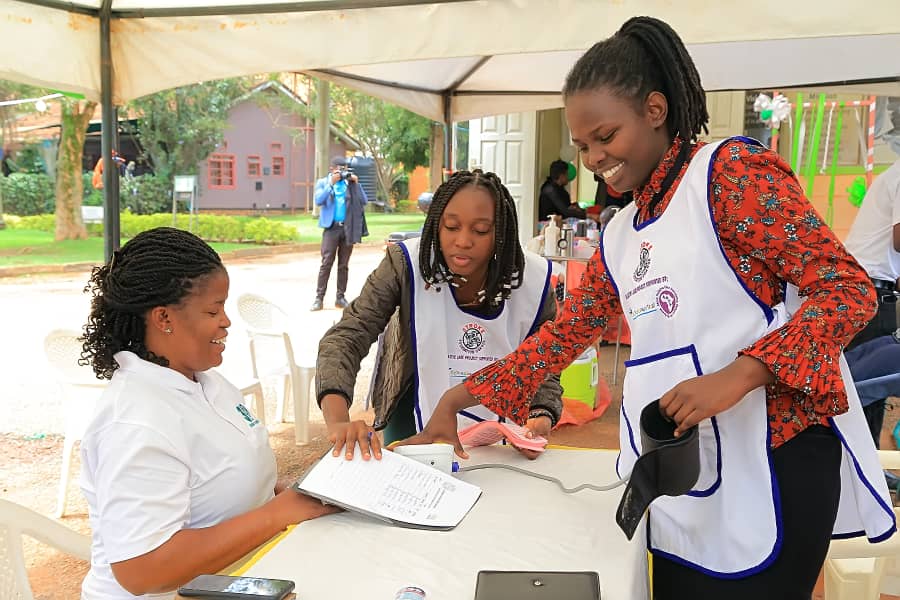
A stroke is a brain attack as a result of a sudden interruption of blood flow to part of the brain causing brain cells to die. The effects can be overwhelming and may last a lifetime.
OR a stroke is known as a cerebrovascular accident (CVA).
Types of stroke,
Common symptoms of stroke:
Never ignore the symptoms even if they disappear.
What can I do to help prevent a stroke?
Learn the BEFAST, a warning sign of stroke.
What are the risk factors for a stroke?
Common risk factors include:
How can I tell if someone is having a stroke?
Is it a stroke? Act F.A.S.T. Call +256414692507
Cardiac checkups – Going for regular check-ups, helps you to know the health of your heart to avoid panic at the last hour.
Exercise – exercising regularly helps to prevent and manage your blood pressure. 30 minutes of brisk exercise five times a week is recommended to reduce your risk of stroke and other diseases. However, its advised that one follows the FITT principle rule; Frequency, Intensity, time and type of exercise.
Control your weight – Being overweight exerts strain on your heart and other organs and can increase blood pressure and diabetes, thus reducing the risk of stroke.
Avoid eating raw or too much salt – Eating too much salt will lead to elevated blood pressure as well as an increased risk of stroke.
Unhealthy Diet– Eating a healthy diet high in fruit and vegetables, whole grains, healthy fats, and low in salt can help you to prevent and manage hypertension.
Cholesterol –people with high blood pressure most times have high cholesterol. So eating a diet low in saturated fats, and doing regular exercise can help to prevent atherosclerosis. However, cholesterol can be managed by diety. but if not, taking medications to lower cholesterol helps reduce the risk of stroke.
Stress – Stress may also increase your blood pressure, Persons with high levels of stress experience damage to their arteries over time which increases their risk of stroke and other NCD diseases. Stress can also contribute to physical inactivity and excessive alcohol consumption which will increase your health risks.
Alcohol – Avoiding alcohol or sticking to recommended consumption of no more than 2 units of alcohol a day helps reduce this risk.
Smoking – Tobacco smoking may increase your blood pressure because constricts the blood vessels and contributes to damaged arteries and this can result in a stroke.
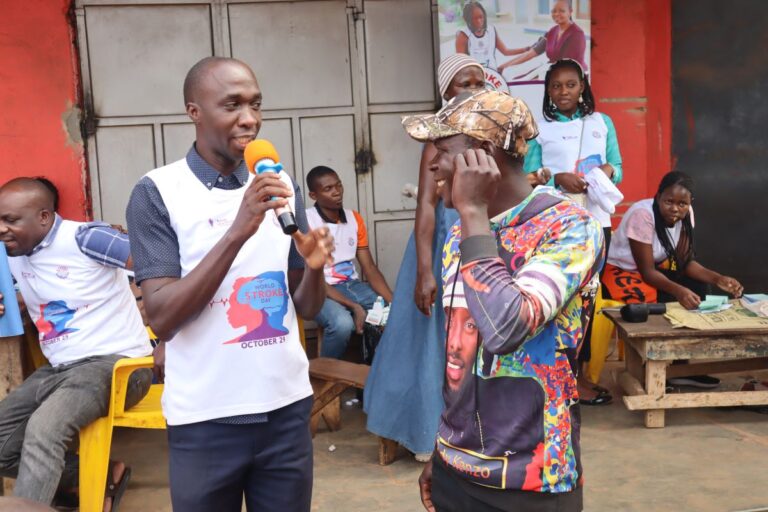
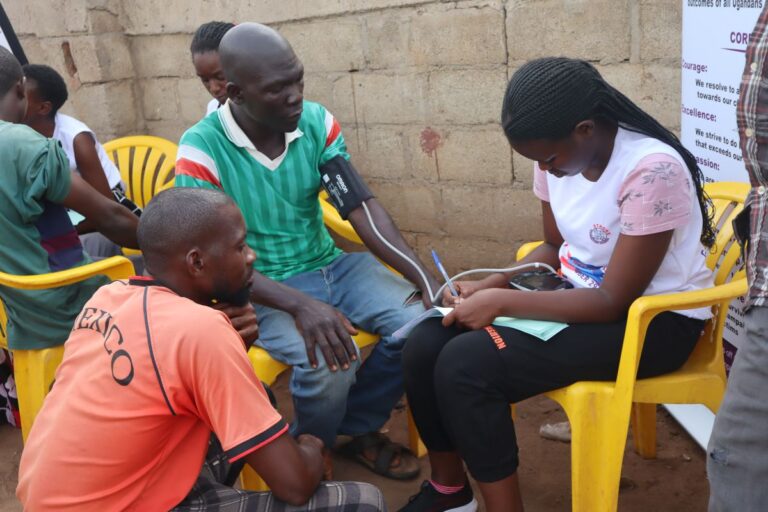
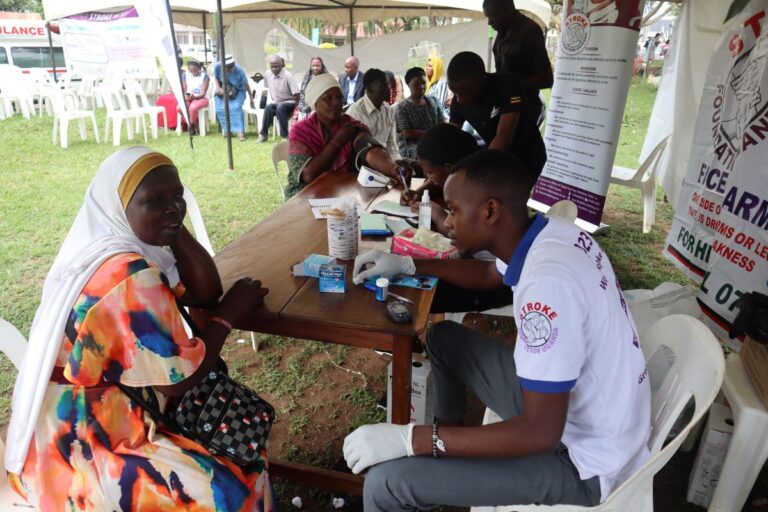

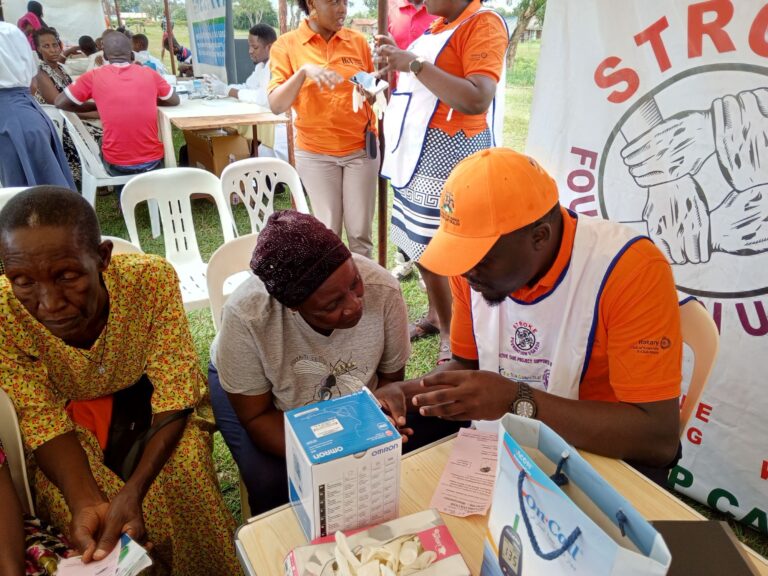
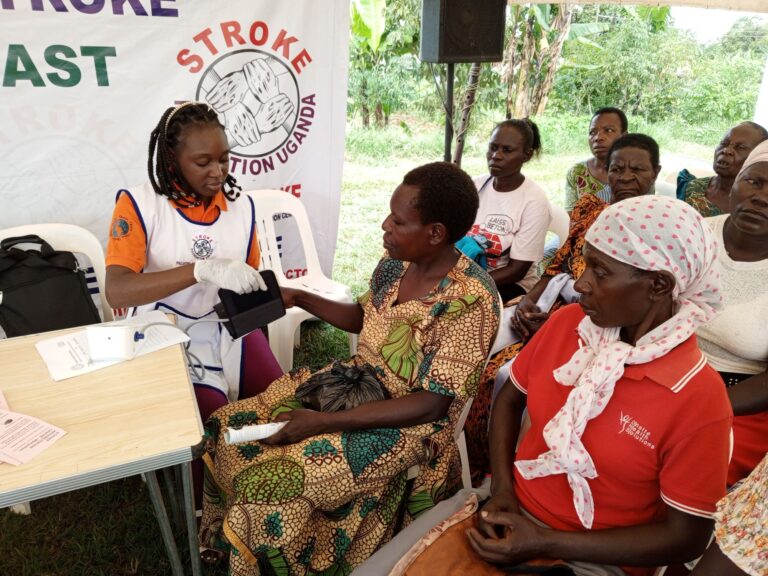
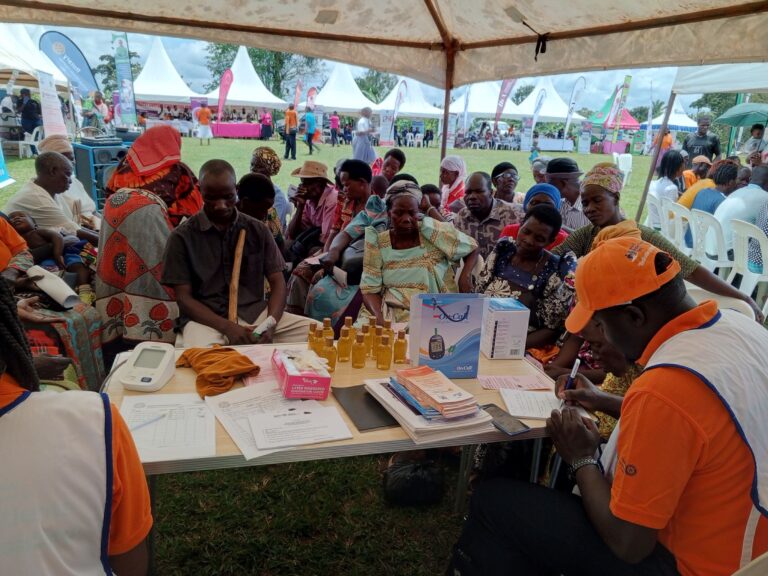
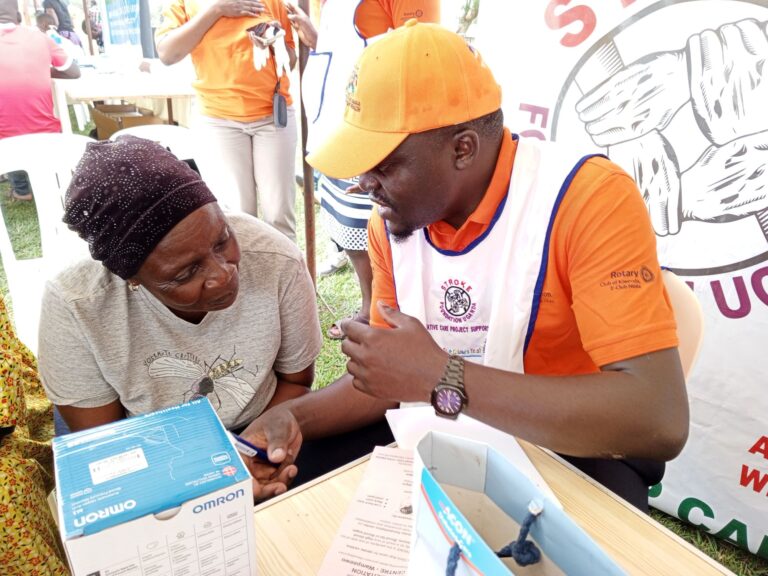
Talk to Us